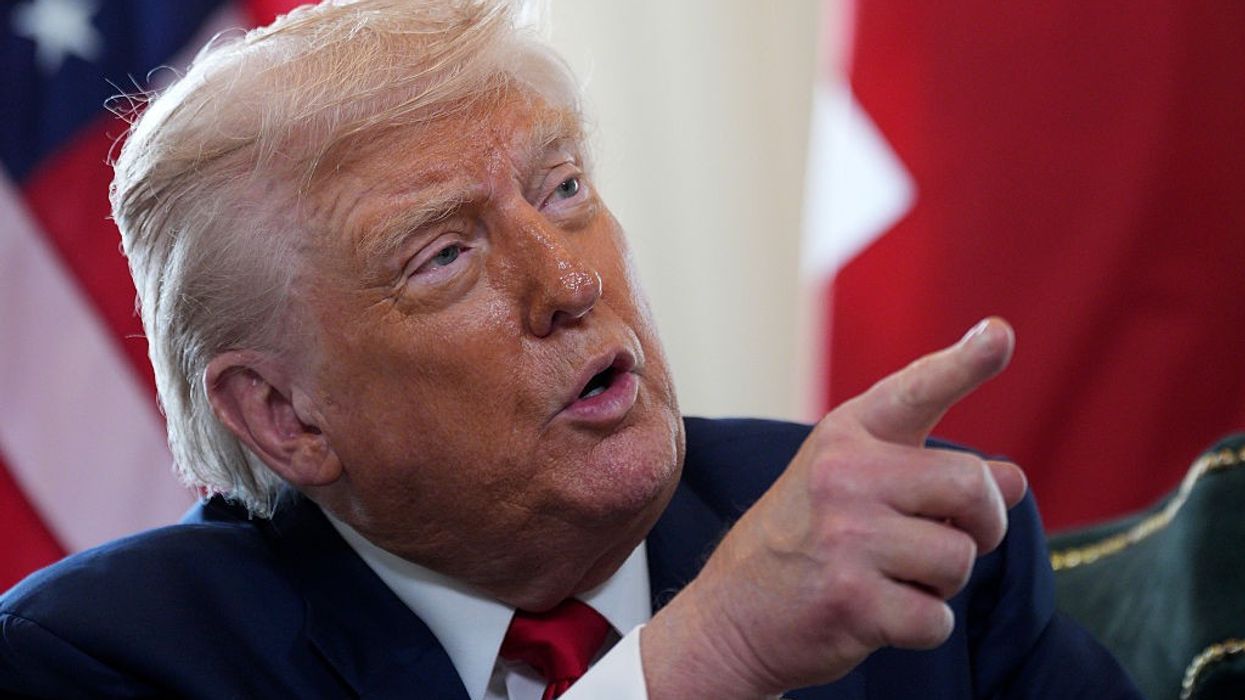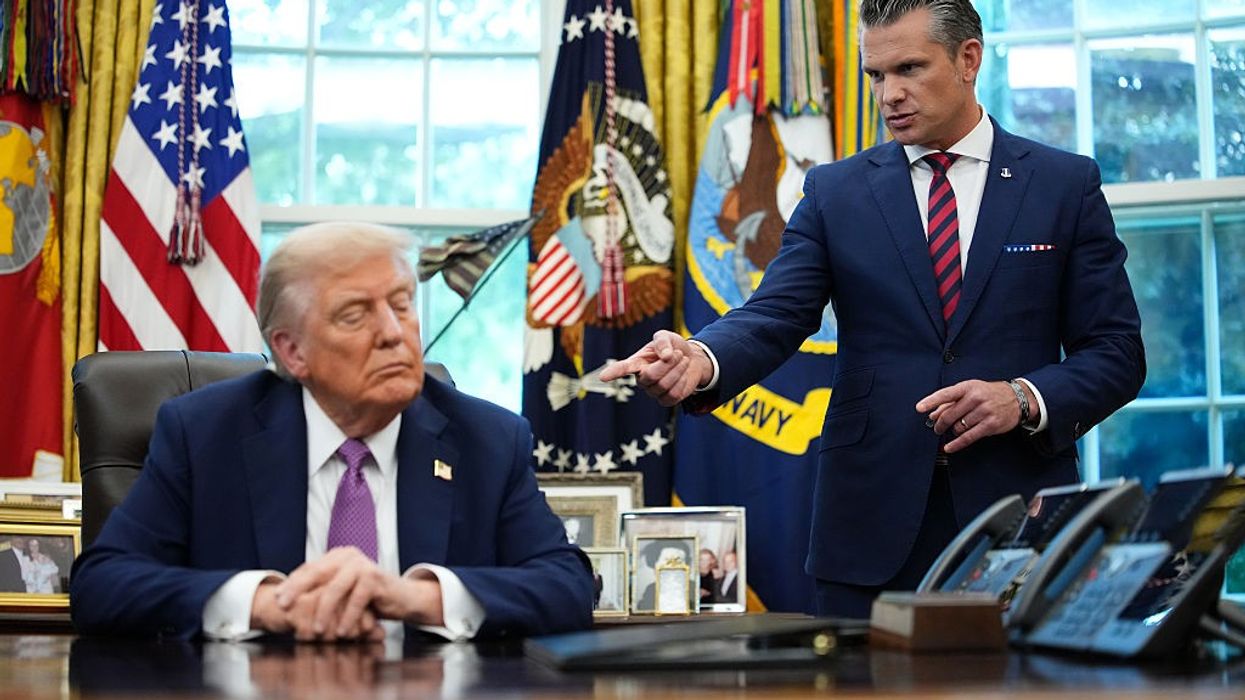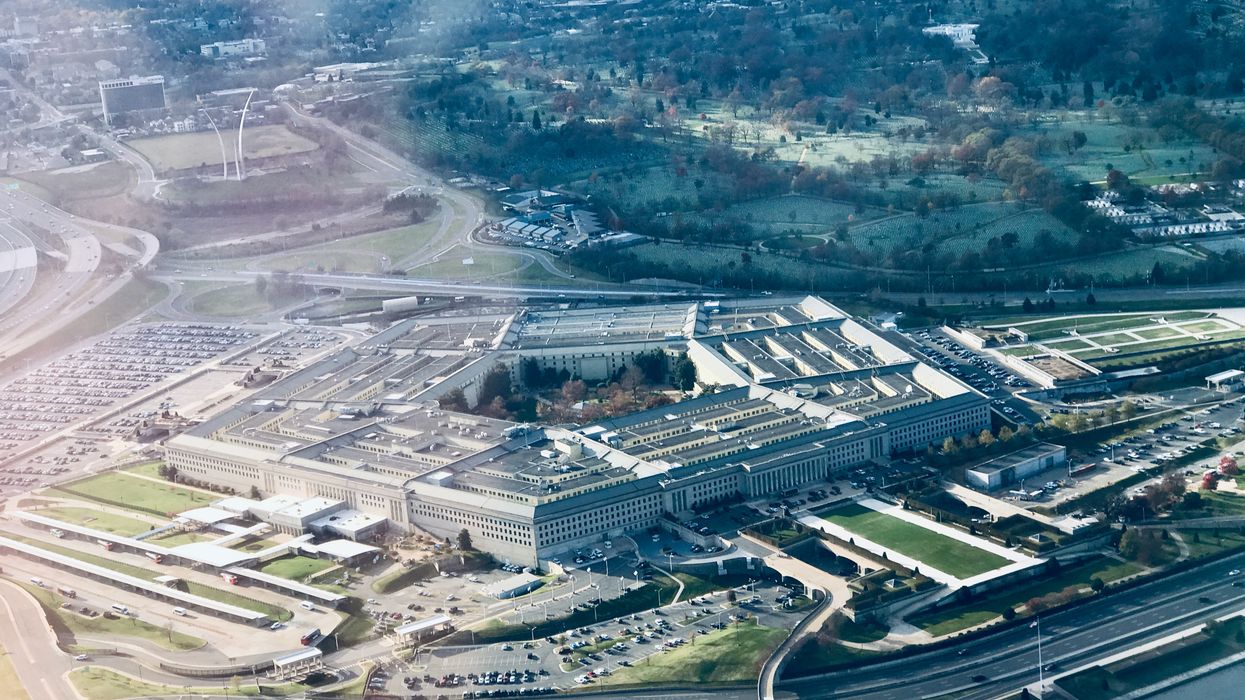Trump, Violence, and 'Hubris Syndrome'
People who gain a significant amount of power over others lose the ability to empathize with people in general, isolating the powerful into their own stereotypes and egotistical certainties, which lessens their ability to make good, or even rational, decisions.
What is power?
I dedicate this question, which is at the core of the book with which I am struggling, to Donald Trump.
When we think of power, the word itself commands that we carve the concept into something isolated and wieldable: a sword, a gun, a scepter. Power means power over. There is no basic concept of power—no word for power in the English language—that also means collaboration, collective participation: people working together, individually empowered at the same time that they are part of a larger whole.
Even when we examine the dark side of power—as in, power corrupts—the examination seems to hover as a warning rather than open up to larger awareness. Some years ago, Jerry Useem wrote an article in The Atlantic titled (fasten your seatbelts!) “Power Causes Brain Damage,” which discusses the concept he calls “hubris syndrome.”
Collective hubris syndrome still dominates global politics.
The essential point the article makes is that people who gain a significant amount of power over others lose the ability to empathize with—or mime, as the article puts it—people in general, the lesser mortals who must follow the boss’ orders. This inability, it turns out, is serious. It isolates the powerful into their own stereotypes and egotistical certainties, which lessens their ability to make good, or even rational, decisions. And hubris syndrome isn’t merely psychological; it’s also physiological.
Citing the research of neuroscientist Sukhvinder Obhi, Useem writes: “And when he put the heads of the powerful and the not-so-powerful under a transcranial-magnetic-stimulation machine, he found that power, in fact, impairs a specific neural process, ‘mirroring,’ that may be a cornerstone of empathy. Which gives a neurological basis to what [psychologist Dacher] Keltner has termed the ‘power paradox’: Once we have power, we lose some of the capacities we needed to gain it in the first place.”
Useem quotes authors David Owen and Jonathan Davidson, who define hubris syndrome as “a disorder of the possession of power, particularly power which has been associated with overwhelming success, held for a period of years and with minimal constraint on the leader.” Its 14 clinical features, he adds, include: “manifest contempt for others, loss of contact with reality, restless or reckless actions, and displays of incompetence.” (Remind you of anyone, Donald?)
The idea is that we’re naturally connected and subconsciously “mimic” others: We laugh when others laugh, tense up when others grow tense. It’s not faking an emotion to fit in; it’s participating in, feeling, the collective emotion that fills the room. “It helps trigger the same feelings those others are experiencing and provides a window into where they are coming from,” Useem writes. But: Powerful people “stop simulating the experience of others,” leading to what the psychologist calls an “empathy deficit,” which saps the powerful of most, or maybe all, of their social skill, leaving them, even as they generate endless obeisance, socially isolated souls.
The conclusion to be drawn here is that what is commonly thought of as power—power over others, aka, dominance—isn’t power at all. It’s an illusion of power that weakens, and perhaps destroys, those who hold it. Consider the rise and fall of dictators, the toppling of empires, the comeuppance of kings and queens. Let them eat cake.
The article does an excellent job pointing all this out, but at a certain point it falls into a linguistic trap. Useem writes despairingly: “This is a depressing finding. Knowledge is supposed to be power. But what good is knowing that power deprives you of knowledge?”
Knowledge in all its basic innocence is, indeed, power, but rarely is this “power over” someone. Knowledge of how to walk, how to read... this is a child claiming her life. And the entire family is empowered. As the child learns how to function independently, Mom and Dad learn how to parent. Yes, knowledge—power—can be used to further the interests of our darkest impulses. We can use what we learn to blackmail, extort, cheat, bully, win, etc., etc. But let’s break the automatic linguistic link right now between power and dominance. True power enlarges the whole; it doesn’t isolate.
No one says it better than Pierre Teilhard de Chardin: “Driven by the forces of love, the fragments of the world seek each other so that the world may come into being.”
The fragments of the world! This makes me think immediately of the world’s, or at least the state’s, social outcasts, for whom there are also many other names: from bums and losers to criminals and gangbangers. They are expelled into the category of Other, joining all our various enemies: terrorists, commies, savages, whatever. They are out to get us. We must be ready to defend ourselves against them, and here on the home front be ever in control of them. This requires the massing of counterviolence and stern directives.
We all know how well this has worked over the centuries. Violence has won! Our geopolitics are organized around the inevitability of violence: the good kind (ours) vs. the bad kind (theirs). Military spending and its domestic equivalents utterly blitz more constructive forms of social spending and even more troubling, we define ourselves, at least at the state and national levels, primarily by our enemies. The worse they are, the better we are. It’s called projection. It eliminates the need for self-reflection: What matters is the skill to strike back, not look within, change, and grow.
It’s so easy to sink at this point into the quicksand of cynicism. We’re stuck. Nothing’s going to change. Read the following quote and you might believe this even more intensely. In February 1945, President Franklin Roosevelt, on his return from the Yalta Conference with Great Britain and the Soviet Union, and two months before he died, said these words to Congress:
The Crimea Conference was a successful effort by the three leading nations to find a common ground for peace. It ought to spell the end of the system of unilateral action, the exclusive alliances, the spheres of influence, the balances of power, and all the other expedients that have been tried for centuries—and have always failed. We propose to substitute for all these a universal organization in which all peace-loving nations will finally have a chance to join. I am confident that the Congress and the American people will accept the results of this conference as the beginning of a permanent structure of peace.
He was talking, of course, about the agreement the three powers had just reached on the creation of the United Nations: “the beginning of a permanent structure of peace.”
Yes, the cynicism ignites. Six months after Roosevelt’s words, the United States leveled Hiroshima and Nagasaki with atomic bombs. World War II ended but the Cold War—and the nuclear arms race—began. The UN has hardly created peace over the last 80 years. Collective hubris syndrome still dominates global politics.
But if you listen deeply, you can hear the heart of peace still beating beneath the rubble. Step one: Do not give up.


